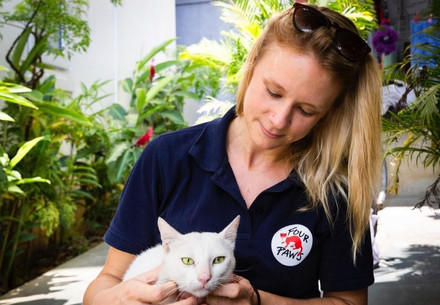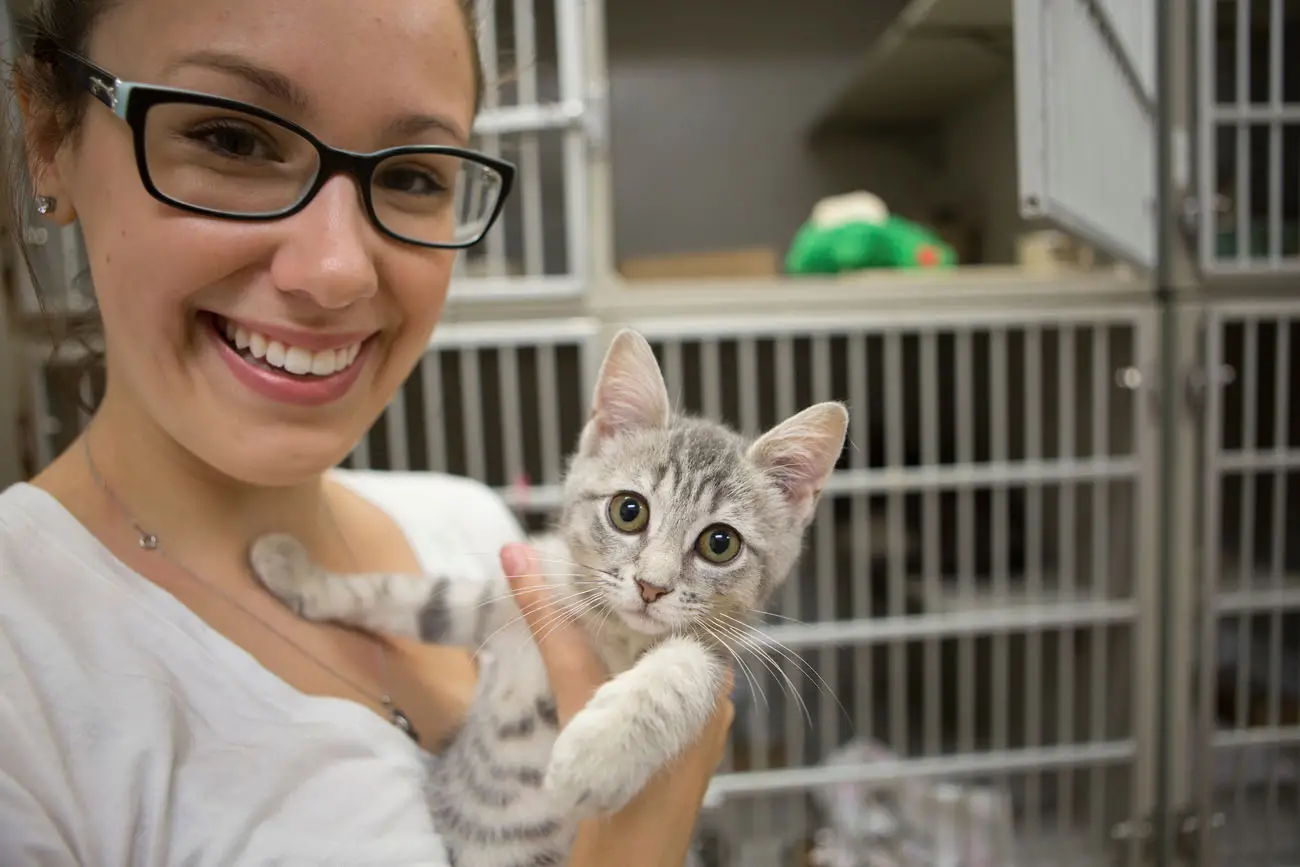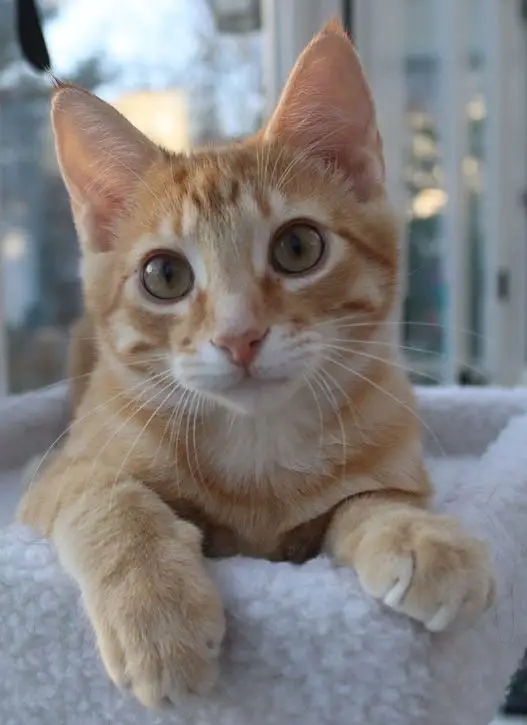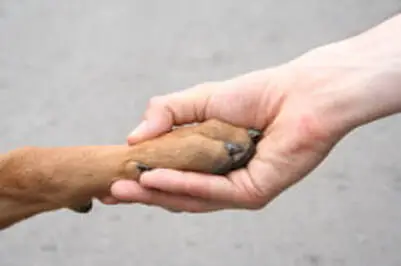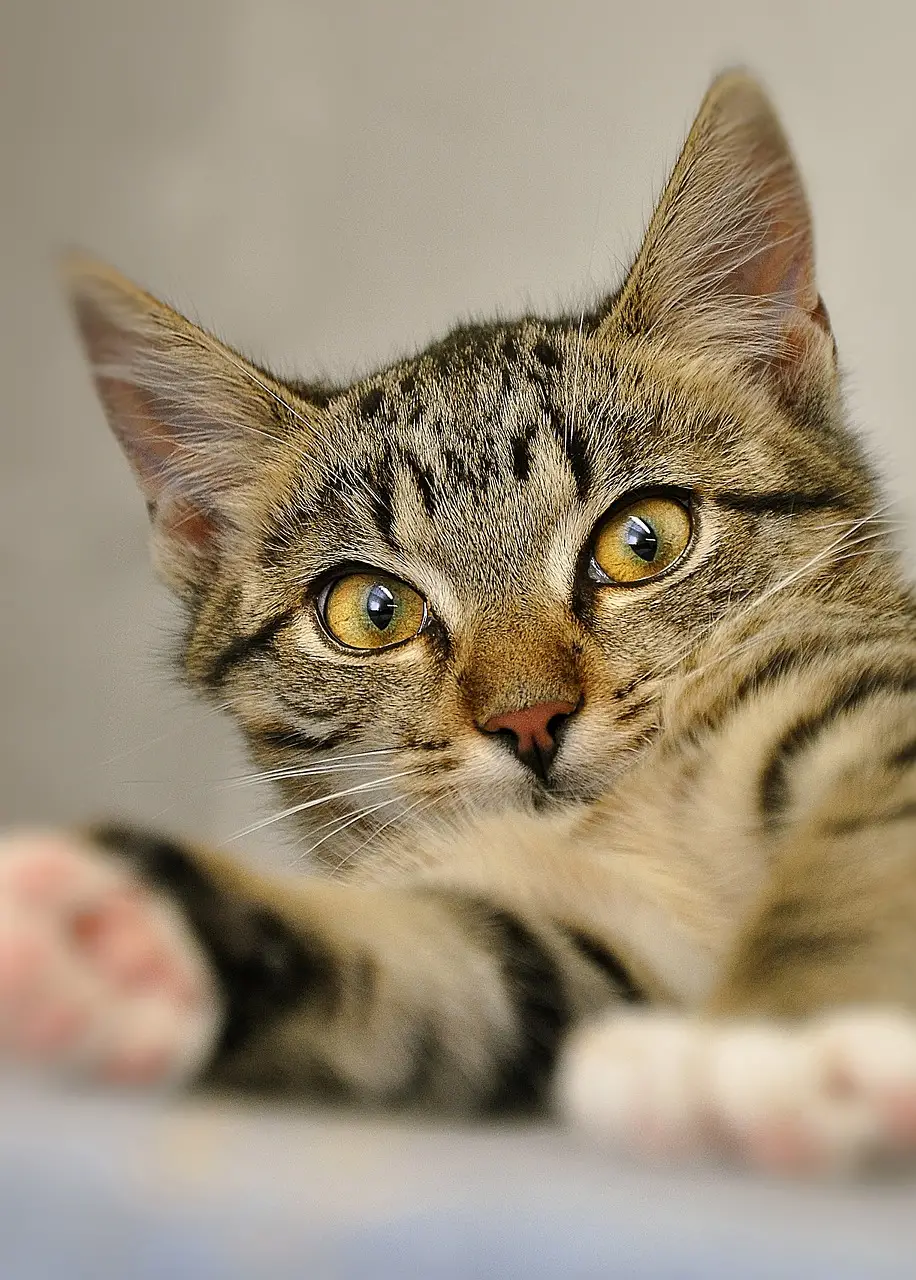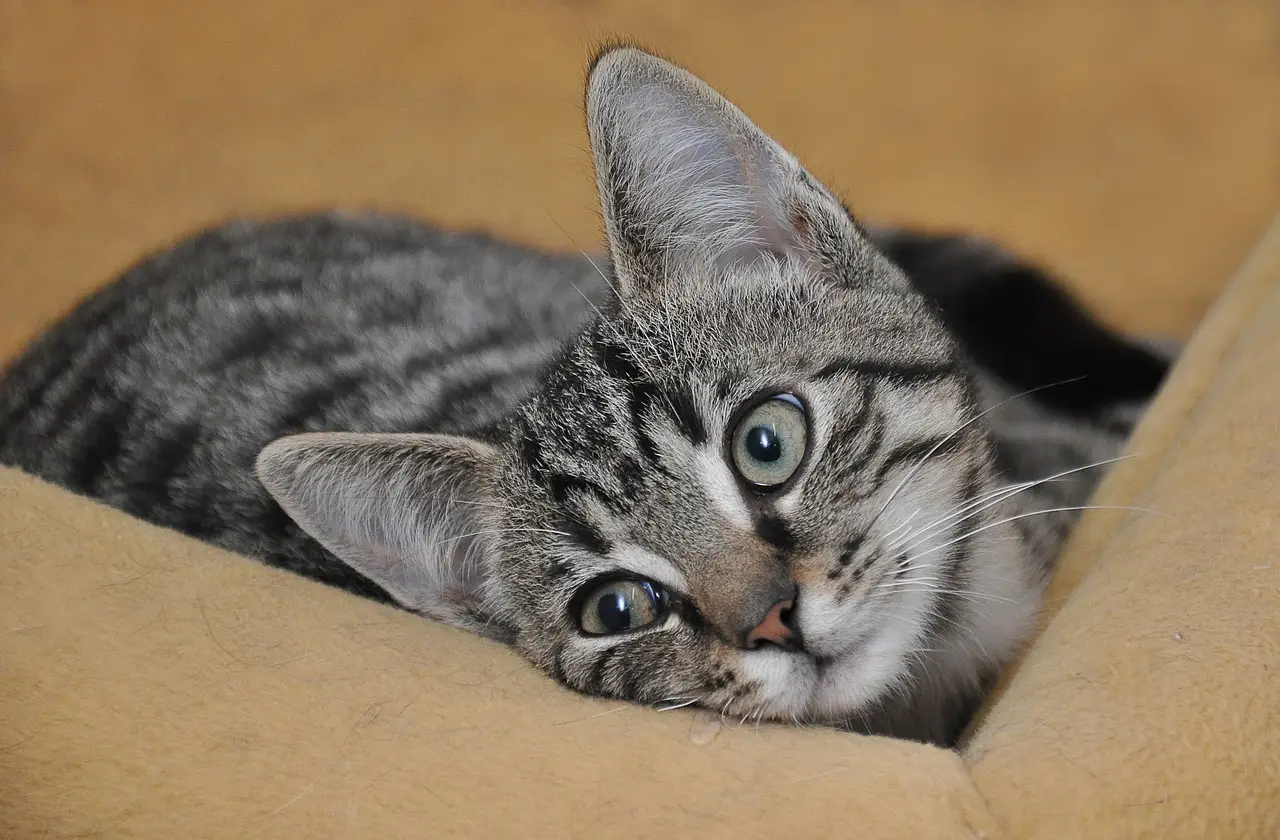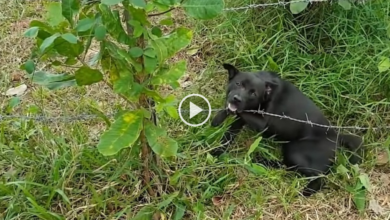Paw Animal Welfare Improving the Lives of Domesticated Animals

Paw Animal Welfare, As animal lovers, it is our responsibility to ensure the welfare of animals, especially those who have become part of our families. Proper care and attention are crucial in maintaining their health and well-being. One of the most overlooked aspects of animal welfare is paw care.
This blog post will delve into the importance of paw care for domesticated animals, how to ensure optimal paw health, common injuries, the impact of climate change on animal paws, preventing animal cruelty through proper paw care, innovative technologies for tracking animal paw health, the connection between animal nutrition and paw health, promoting animal adoption through effective paw care education, and animal paw reconstruction techniques and implications.
Understanding the Importance of Paw Animal Welfare
Animal welfare refers to the physical and mental well-being of animals, whether they are wild or domesticated. It involves providing them with adequate food and water, appropriate shelter and care, and allowing them to behave naturally. The welfare of animals is essential as they are sentient beings that can experience pain and suffering.
Inadequate care can lead to various problems, including malnutrition, disease, and behavioral issues. This is why it’s crucial to understand the importance of animal welfare and provide animals with the best care possible.
The Role of Paws in Paw Animal Welfare
Paws play a vital role in the mobility and stability of animals. They allow them to walk, run, jump, climb, and use their sense of touch. In addition, paws help regulate body temperature, absorb shock, and provide protection from external elements.
Therefore, taking care of an animal’s paws is essential in ensuring their overall health and well-being. Neglecting paw care can lead to infections, injuries, and discomfort for animals.
How to Ensure Optimal Paw Health in Animals
There are several ways to ensure optimal paw health in domesticated animals. Here are a few tips:
Regular Paw Inspections
Regular paw inspections are an essential part of paw care. It’s important to check for any signs of swelling, cuts, and cracks in the paws, as well as any foreign objects that might be stuck between their toes.
Proper Grooming
Proper grooming involves trimming nails, cleaning fur, and removing any debris from the paws. This can prevent infections and discomfort in animals.
Providing Appropriate Footwear
Footwear can help protect animals’ paws from hot or cold surfaces, sharp objects, and rough terrain. It’s crucial to choose footwear that fits well and does not cause discomfort to animals.
Proper Hydration
Dehydration can lead to dry and cracked paws, which can cause discomfort to animals. Providing clean water for animals to drink is crucial in keeping their paws healthy.
Progressive Animal Welfare Society Leading the Way in Animal Rights
Common Paw Injuries in Domesticated Animals
Domesticated animals are susceptible to various paw injuries, including:
Cuts and Abrasions
Cuts and abrasions can occur when animals step on sharp objects or rough surfaces. It’s important to treat these injuries promptly to prevent infection.
Burns
Burns can occur when animals walk on hot surfaces like asphalt or concrete during the summer months. This can cause blisters and discomfort to animals.
Fractures
Fractures can occur when animals jump from heights or fall on their paws. This can cause severe pain and may require veterinary attention.
Grassroots Animal Rescue How Ordinary People Are Making a Difference
Frostbite
Frostbite can occur when animals are exposed to extreme cold temperatures. This can cause damage to their paws and may require amputation in severe cases.
The Impact of Climate Change on Animal Paws
Climate change has a significant impact on animal welfare, including their paws. Changes in temperature and weather patterns affect animals’ habitat, food sources, and overall health.
Extreme temperatures, whether hot or cold, can cause discomfort and injury to animals’ paws. In addition, changes in precipitation patterns can lead to an increase in mud and wet surfaces, which can cause paw infections and injuries.
Preventing Animal Cruelty Through Proper Paw Care
Animal cruelty is a widespread issue, and proper paw care can help prevent it. Neglecting paw care can lead to discomfort, infection, and injury, which can be considered as animal cruelty.
Therefore, providing proper paw care to animals is crucial in promoting their welfare and preventing animal cruelty.
Innovative Technologies for Tracking Animal Paw Health
Recent technological advancements have made it easier to track animal paw health. Here are some innovative technologies used to track animal paw health:
Wearable Devices
Wearable devices such as GPS trackers and activity monitors can provide information on an animal’s location, activity level, and sleep patterns. This can help identify any issues with paw health.
Thermal Imaging Cameras
Thermal imaging cameras can detect changes in temperature, which can indicate potential paw injuries or infections.
Electronic Medical Records
Electronic medical records allow veterinarians to keep track of an animal’s medical history, treatment plans, and any paw-related issues. This can help identify any recurring issues and provide appropriate treatment.
The Connection Between Animal Nutrition and Paw Health
Animal nutrition plays a crucial role in maintaining optimal paw health. Proper nutrition can strengthen bones and joints, support healthy skin and fur, and prevent infections in animals. Here are some essential nutrients that contribute to paw health:
Protein
Protein is essential for building and repairing tissues in an animal’s body. It helps strengthen bones and joints, which can prevent injuries to paws.
Omega-3 Fatty Acids
Omega-3 fatty acids have anti-inflammatory properties that can reduce inflammation and promote healthy skin and fur. This can prevent paw-related infections and injuries.
Vitamin E
Vitamin E is an antioxidant that protects cells from damage and supports healthy skin and fur. It can prevent dry and cracked paws, which can cause discomfort to animals.
Zinc
Zinc is essential for healthy skin and wound healing. It can prevent infections in animals’ paws.
Promoting Animal Adoption through Effective Paw Care Education
Effective paw care education can promote animal adoption by raising awareness about the importance of proper paw care. Potential adopters are more likely to consider adopting an animal if they understand the responsibilities involved in taking care of them.
Educating potential adopters about paw care can help ensure that animals receive the best care possible in their new homes. This can lead to improved animal welfare and reduced instances of abandonment or neglect.
Animal Paw Reconstruction: Techniques and Implications
Animal paw reconstruction is a surgical procedure used to repair or reconstruct injured or damaged paws. This procedure may be necessary in cases where injuries or conditions cannot be treated with non-invasive methods.
Here are some techniques used in animal paw reconstruction:
Skin Grafting
Skin grafting involves transferring skin from one part of an animal’s body to another. This can be used to cover paw injuries or defects.
Bone Grafting
Bone grafting involves transplanting bone tissue to repair or replace damaged bones in an animal’s paws.
Prosthetics
Prosthetics are artificial limbs that can be used to replace amputated paws. They can provide animals with the ability to perform daily activities and improve their overall quality of life.
Animal paw reconstruction has significant implications for animal welfare, as it allows injured or disabled animals to live comfortable and fulfilling lives.
Conclusion
Paw care is a crucial aspect of animal welfare that should not be overlooked. By providing proper care and attention to our pets’ paws, we can prevent injuries, infections, and discomfort, promoting optimal health and well-being.
Effective paw care education can also promote animal adoption by raising awareness about the responsibilities involved in taking care of domesticated animals. Animal paw reconstruction techniques can help injured or disabled animals live comfortable and fulfilling lives.
As animal lovers, it is our responsibility to ensure the welfare of animals and provide them with the best care possible. Let’s continue to prioritize paw care and promote animal welfare for all animals, domesticated or wild.
Grassroots Animal Rescue How Ordinary People Are Making a Difference


